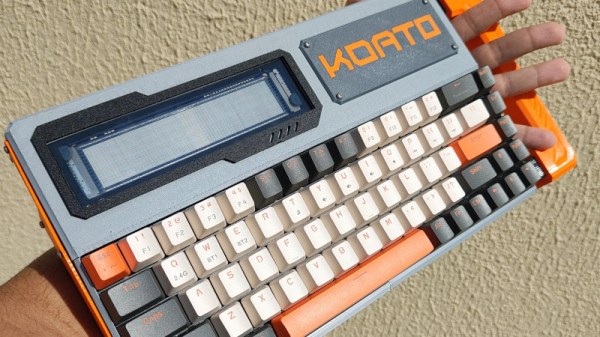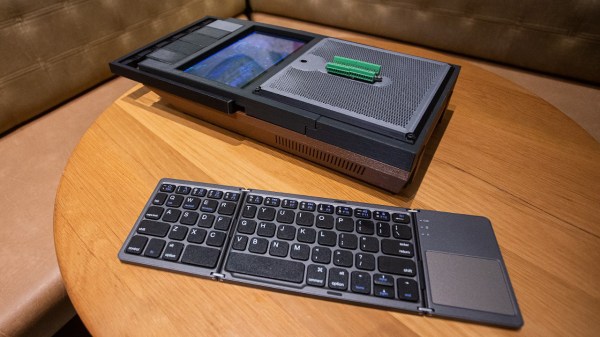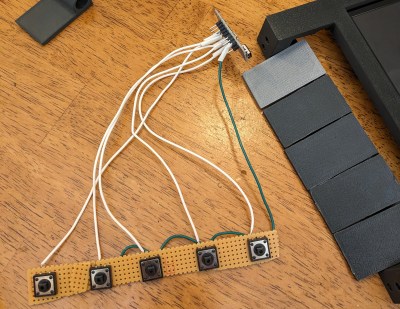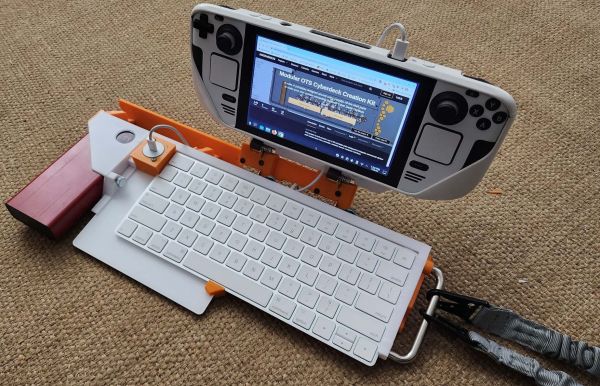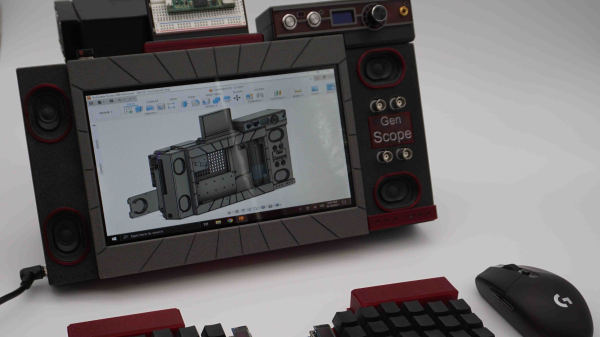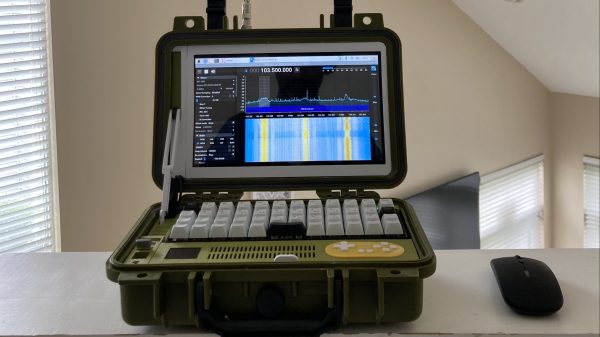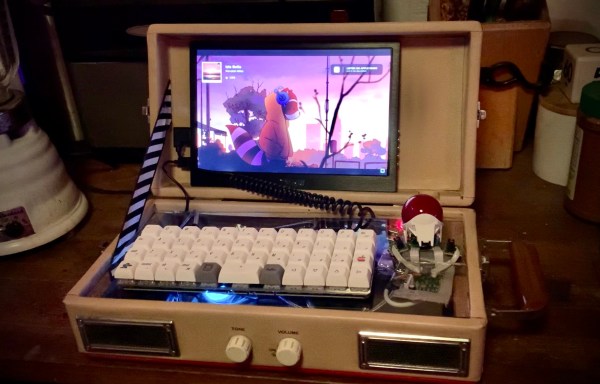It was an easy decision to run a Cyberdeck Challenge in 2023 — after all, it was far and away one of our most popular contests from last year. But what was much harder was sorting out the incredible array of bespoke computers that readers have been sending in for the last few months.
Our judges have painstakingly whittled down the list of entries to get our top three winners, each of which will be awarded $150 in credit from the good folks over at DigiKey. But there were simply too many fantastic custom computers in the running to let everyone else go home empty-handed, so we’ve decided to also break out some $50 Tindie gift cards for the decks that best exemplified this year’s special categories.
Without further ado, let’s take a tour through the judge’s top picks for this year’s Cyberdeck Challenge!
Continue reading “2023 Cyberdeck Challenge: The Best Decks On The Net”


